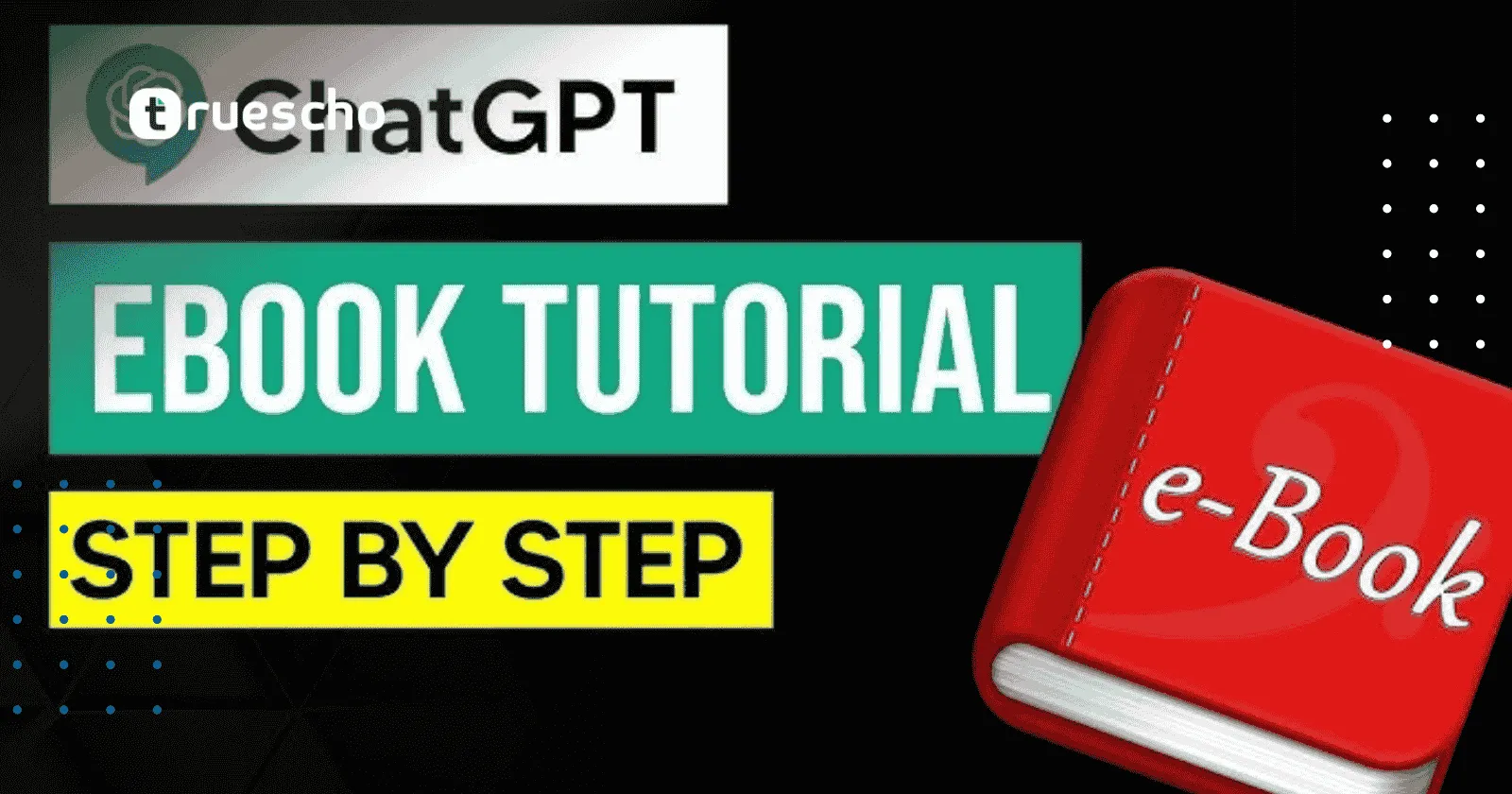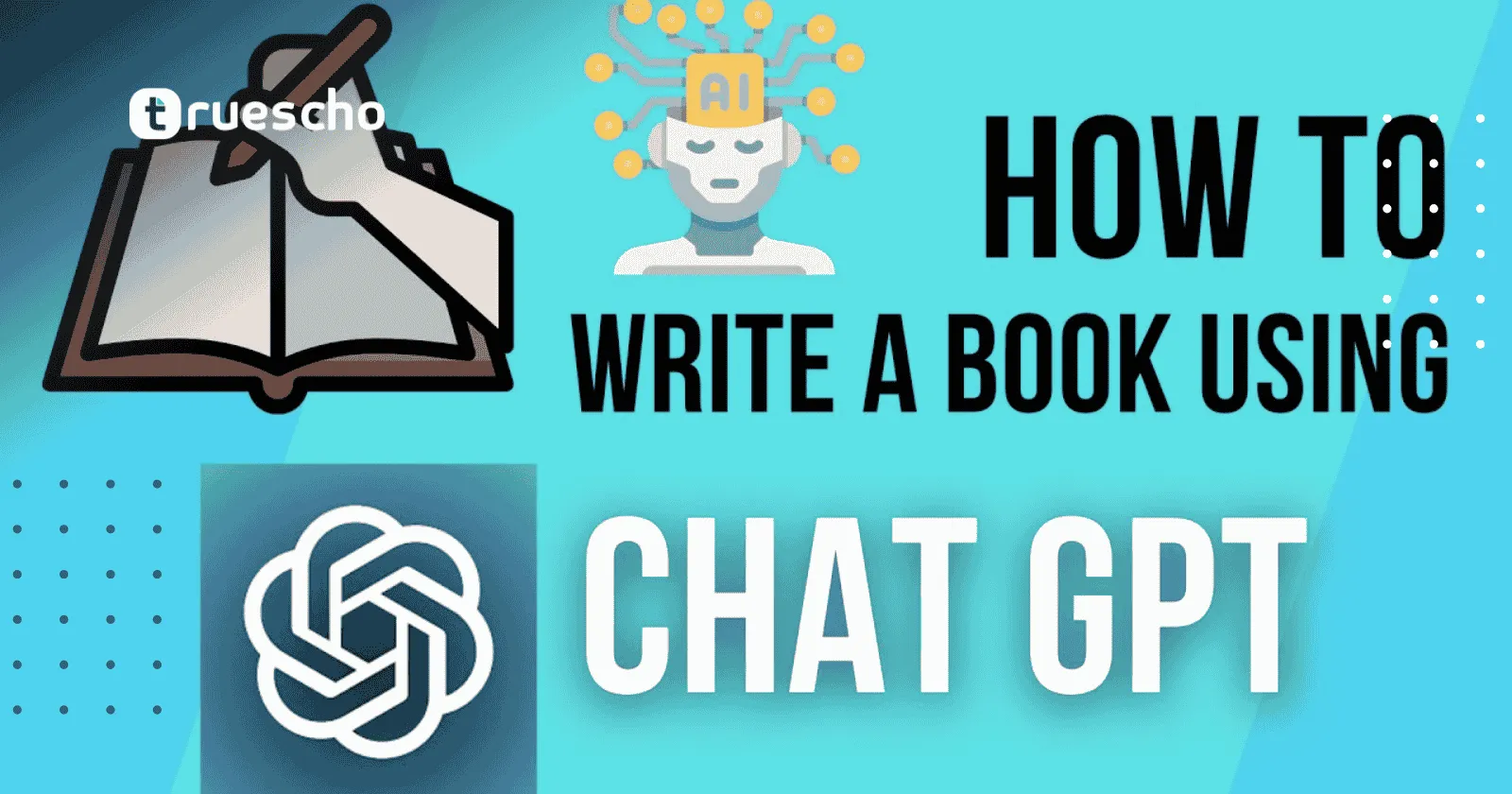Write a Book with ChatGPT
Are you looking to transform your passion for writing into a profitable publishing business? In this detailed guide, we present a comprehensive 30-day blueprint to “Write a Book with Chat GPT” that is optimized for Amazon KDP and focused on quality rather than volume. This guide is designed for writers, entrepreneurs, and professionals who want to leverage the power of artificial intelligence (AI) to craft non-fiction books that stand out in a competitive marketplace.
Table of Contents
- Write a Book with ChatGPT
- The 30-Day KDP Blueprint: Overview
- Step-by-Step Guide to Writing Your Book with ChatGPT
- Step 1: Ideation and Title Creation
- Step 2: Crafting a Detailed Book Outline
- Step 3: Drafting the Introduction and Each Chapter
- Step 4: Overcoming Limitations and Ensuring Quality
- Step 5: Editing and Fact-Checking
- Step 6: Final Touches – Pen Names, Book Cover, and Book Description
- Step 7: Publishing on Amazon KDP and Marketing Your Book
- Quality and Best Practices for High-Converting AI Books
- Conclusion
Write a Book with ChatGPT
AI has revolutionized many industries, and book publishing is no exception. Instead of battling writer’s block or spending countless hours on first drafts, ChatGPT allows you to quickly generate ideas and content. But remember, the goal is not to flood the market with low-quality works. Instead, focus on:
- Developing a clear, engaging narrative
- Ensuring precise, error-free text
- Creating a unique selling proposition for your book
By focusing on quality over quantity, you can secure a steady income through platforms like Amazon KDP and build a loyal readership.
Read also: NASA astronauts return from long Space Station stay
The 30-Day KDP Blueprint: Overview
This 30-day blueprint is a practical roadmap to create and launch your non-fiction book using ChatGPT. Each day focuses on specific tasks that progress toward the final polished manuscript ready for Amazon KDP publication. Below is an overview of the key steps:
- Day 1-3: Ideation, research, and title brainstorming
- Day 4-7: Creating the book outline and defining chapters
- Day 8-14: Writing an engaging introduction and drafting Chapter 1
- Day 15-21: Filling in subsequent chapters section by section using detailed prompts
- Day 22-26: Revising, editing, and humanizing the content
- Day 27-29: Designing a compelling book cover and final touch-up
- Day 30: Publishing on Amazon KDP and planning your marketing strategy
This blueprint is built around the idea of writing one section at a time. Breaking down your manuscript into manageable chunks ensures that ChatGPT’s context window limitations do not hinder quality and content consistency.
Step-by-Step Guide to Writing Your Book with ChatGPT
Step 1: Ideation and Title Creation
Your journey begins with a compelling title that clearly communicates the subject of your book. Remember that a clear title attracts an audience while improving your search ranking for keywords.
Primary Keyword: Write a Book with Chat GPT
Using ChatGPT, generate multiple title ideas and select one that not only resonates with your target audience but also explains the purpose of your book. For example, “From Chaos to Calm: 30-Day Decluttering Blueprint” sets the tone if you are writing on non-fiction topics like decluttering.
Next, create a subtitle that explains the benefits in greater detail. Incorporating numbers and power words can make your subtitle more attractive. Some ideas include:
- 30-Day Plan to Transform Your Life
- 10 Proven Strategies to Enhance Focus and Happiness
- A Step-by-Step Guide to a Minimalist Lifestyle
This stage is crucial to set the framework for your entire project and is a foundation for later sections.
Read also: NA10 MCP Agent Update
Step 2: Crafting a Detailed Book Outline
A detailed book outline serves as the roadmap for your manuscript. It helps to break down your book into chapters and further into sections and subsections. This is particularly effective for non-fiction books, as it allows you to avoid repetitive content.
Consider the following structure as an example:
- Introduction – Set the stage and engage the reader
- Chapter 1: Understanding the Need for Change
- Section 1: The Impact of Clutter
- Section 2: Benefits of Decluttering
- Section 3: Preparing for the Journey
- Chapter 2: Planning and Strategy
- Chapter 3: Implementation Tips
- Chapter 4: Maintaining Your Progress
- Chapter 5: Advanced Techniques
- Chapter 6: Success Stories and Case Studies
- Chapter 7: Troubleshooting Common Problems
- Chapter 8: Conclusion and Next Steps
For each chapter, aim to generate around 1250 to 1500 words by dividing the content into manageable sections. This approach aligns with the limitations of ChatGPT’s context window and guarantees richer, more detailed content.
Step 3: Drafting the Introduction and Each Chapter
Once your outline is ready, begin generating your manuscript section by section. For example, start by drafting a 1000-word introduction that sets the tone for your book. Use ChatGPT to generate drafts for each section, but never rely solely on the AI output. Instead, treat these drafts as the first version that requires human editing.
“AI is a powerful tool to speed up your production process, but quality must always remain the highest priority. Edit and refine every piece of output to ensure a consistent voice and high value to your reader.”
For every chapter, ensure that you include:
- An engaging narrative
- Actionable tips and strategies
- Real-life examples and success stories where applicable
- Clear segmentation into subsections
This method not only enhances readability but also improves the user’s overall experience when reading your book.
Read also: AWS generative AI exec leaves to launch startup
Step 4: Overcoming Limitations and Ensuring Quality
One of the challenges of using AI for long-form content is the context window limitations. Since ChatGPT cannot remember the entire output of extensive text, it is important to break down the content into smaller, manageable segments. Always finish each section with a thorough review to avoid repetitive or surface-level information.
Key tips include:
- Break down chapters into subsections to stay within the effective context range.
- Use detailed prompts when generating each section.
- Manually check for coherence, transitions, and overall flow.

Step 5: Editing and Fact-Checking
After drafting your entire manuscript using AI, the next crucial step is thorough editing. This phase involves humanizing the content—improving the narrative flow, eliminating any factual errors, and polishing language for clarity. AI-generated manuscripts can serve as a solid foundation, but no tool beats human insight when it comes to quality writing.
Consider the following steps during editing:
- Read the entire manuscript and ensure consistency in tone and voice.
- Verify factual statements and ensure that statistics, references, or case studies are up-to-date.
- Use reliable fact-checking tools such as Grammarly Premium (Grammarly) or other reputable resources.
- Eliminate listicle-style jargon by integrating stories and practical advice.
Remember, the final product should reflect your unique perspective and expertise. Investing time to edit and rewrite sections will significantly boost the quality and credibility of your book.
Step 6: Final Touches – Pen Names, Book Cover, and Book Description
Before you publish on Amazon KDP, several small but critical details remain:
- Pen Name: Decide if you will publish under your real name or a pen name. Use ChatGPT if you need creative suggestions, but always cross-check your choice on Amazon to avoid conflicts.
- Book Cover: A professionally designed book cover is vital for attracting readers. Consider using reputable design platforms such as Fiverr or 99designs to hire talented designers. A great cover spark interest and lends credibility to your work.
- Book Description: Create a compelling book description of around 350 words that outlines key benefits, target audience, and unique features of your book. This description will serve as a vital part of your marketing on Amazon KDP. Ensure that your copy is sharp, persuasive, and optimized for search engines.
This stage brings together all the components of your book in preparation for launch. It is essential to tie up any loose ends, double-check formatting, and ensure that both your content and design components are coherent and professionally presented.
Read also: The Future of AI in YouTube
Step 7: Publishing on Amazon KDP and Marketing Your Book
Once your manuscript is finalized and your book cover is designed, it’s time to publish on Amazon KDP. Sign in to your account via the official Amazon KDP portal and follow the step-by-step instructions to upload your manuscript, cover, and book details.
Marketing strategies to consider:
- Optimize your book’s metadata with relevant keywords such as “Write a Book with Chat GPT”, “Amazon KDP”, and “Non-fiction Book Writing with AI”.
- Create engaging social media posts highlighting the benefits and unique selling points of your book.
- Consider launching an email marketing campaign to reach your existing audience.
- Explore paid advertising options on platforms like Amazon Ads to boost your book’s initial visibility.
Make sure to utilize your network and leverage platforms like LinkedIn, Facebook, and Twitter for reaching a broader audience interested in AI book writing and publishing success.
Quality and Best Practices for High-Converting AI Books
In the world of AI-generated content, many aspiring authors are tempted to rely solely on rapid production. However, a successful KDP venture is built on quality. Here are some best practices you should follow when using this blueprint:
- Prioritize Quality Over Quantity: Even if it’s easier to produce multiple books using ChatGPT, remember that well-researched, well-edited, and engaging content always wins.
- Employ a Step-by-Step Process: Break your manuscript into small, manageable segments. This ensures that each part of your book meets a standard of quality and fits well within the context window of your AI tool.
- Edit and Rework: Always spend ample time editing your drafts. Even if AI is a powerful assistant, your final voice must be clearly human and relatable.
- Use Official Resources: Always verify your facts and check the latest guidelines on platforms like Amazon KDP and OpenAI to stay updated with best practices.
Adopting these principles will ensure that your book not only meets the expectations of your readers but also stands out in the competitive world of publishing.
Conclusion
Writing a book with ChatGPT is an achievable and efficient process when you follow a systematic approach like our 30-Day KDP Blueprint. Use AI as a tool to reduce production time while making sure that each element of your book reflects the highest quality standards.
This guide has covered every critical step—from generating ideas and creating an outline to drafting your manuscript and polishing it for publication. By leveraging AI in a controlled and thoughtful manner, you can transform your book-writing journey into a profitable enterprise on Amazon KDP. Remember, success in the world of AI Book Writing and Non-fiction Book Writing with AI is about your commitment to delivering genuine value to your audience.
If you invest the time and effort necessary to enhance your AI-generated drafts with your unique insights, you will achieve a final product that stands out and converts readers into loyal fans.






